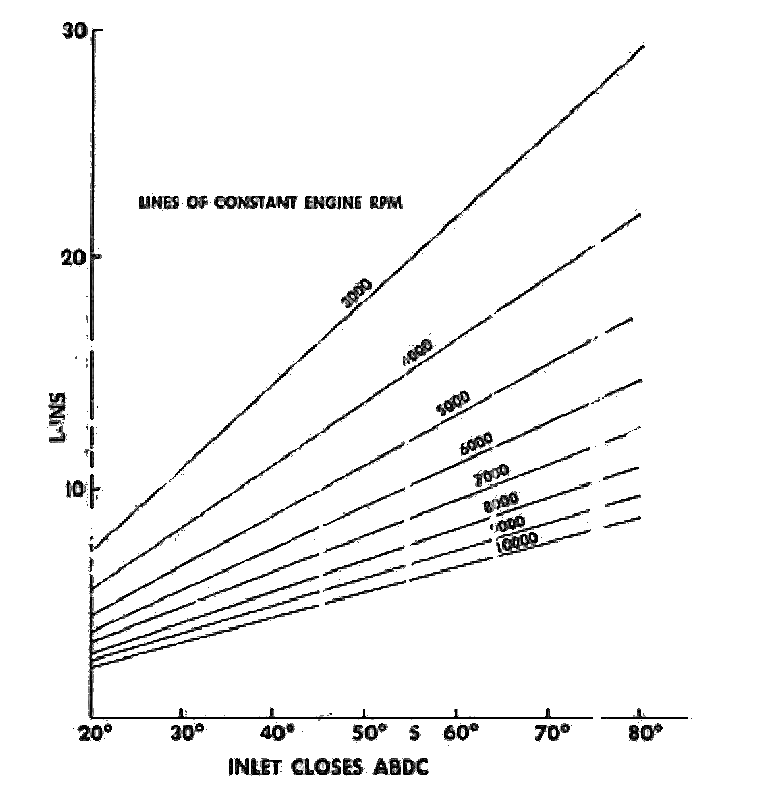hmm... the reflected pressure wave that bounces around IS sound.
ie a compressing and stretching of the distance between molecules.
so thats why you use the speed of sound for the speed of the compression wave.
however, if you want to get picky, the speed of sound changes with gas density, ie at part throttle it will be slower, and at full throttle it will be faster. with forced induction, the speed gets faster again.
the tricky bit is that as air moves into the runner and is accelerated toward the valve and then stops again, the speed of sound is changing continuously at each point, so it's hard to calculate.
that help the theory?




 .
.
 Reply With Quote
Reply With Quote








Bookmarks